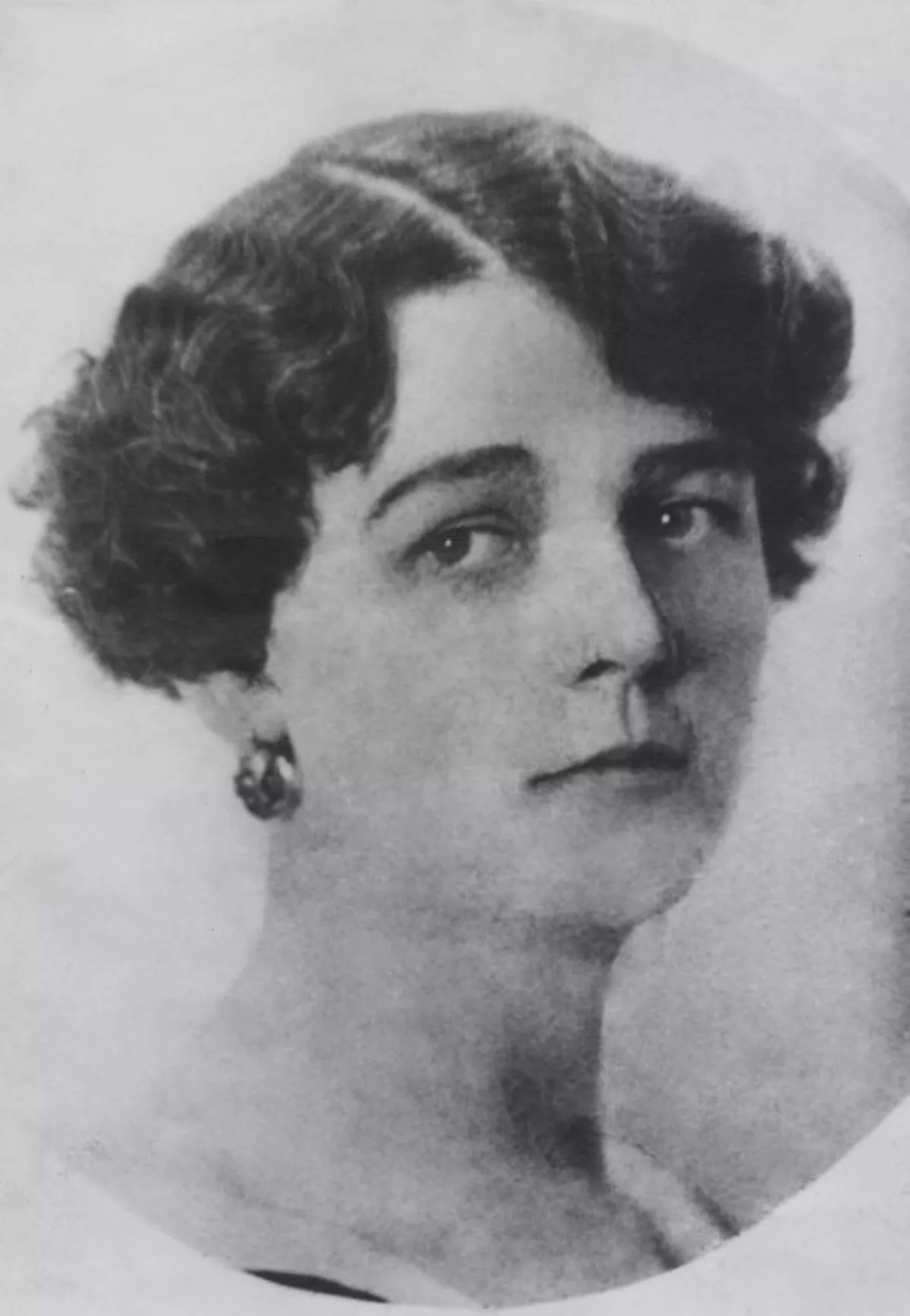 1.
1. Over her 50-year career, that began at age 41, Karinska earned legendary status time and again through her continuing collaborations with stage designers including Christian Berard, Andre Derain, Irene Sharaff, Raoul Pene du Bois and Cecil Beaton; performer-producers Louis Jouvet and Sonja Henie; ballet producers Rene Blum, Colonel de Basil and Serge Denham.